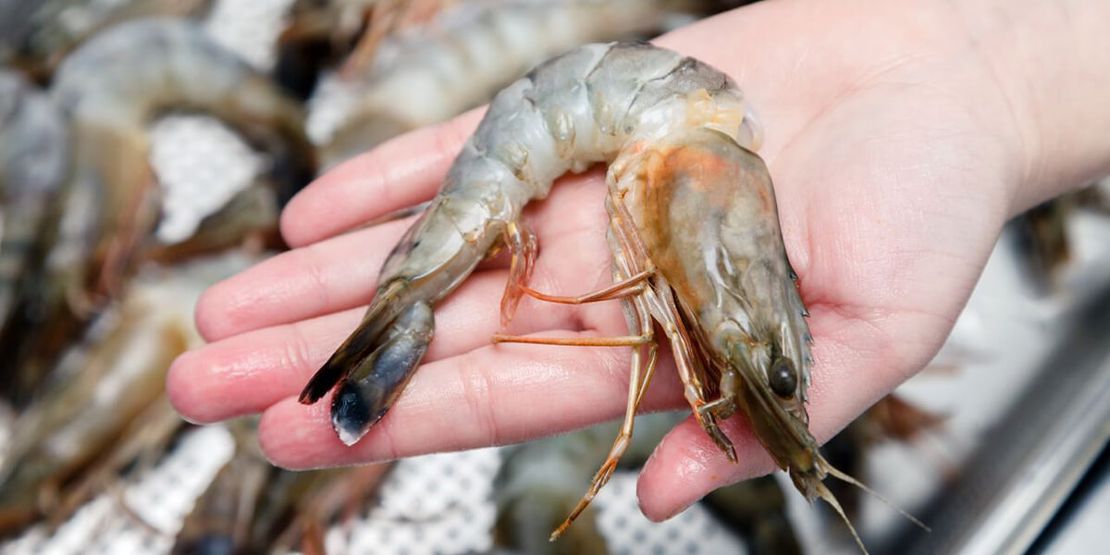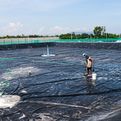Motors in Shrimp Farming: Choosing Between With and Without Inverters
Shrimp farmers face a pivotal decision when selecting motors for their operations, weighing the merits of both traditional motors without inverters and their more advanced counterparts.
Each type of motor offers distinct advantages, and the optimal choice hinges on the unique requirements of the farm.
Motors without Inverters
- Simplicity and Reliability: Motors without inverters are prized for their straightforward operation and robust reliability. Their simplicity makes them an appealing choice for farmers seeking a hassle-free solution for their basic motor needs.
- Cost-Effectiveness: Cost considerations often drive the preference for motors without inverters. With their lower upfront costs and minimal maintenance requirements, these motors offer an economical option for budget-conscious farmers.
- Suitability for Fixed Applications: These motors excel in applications where speed and torque adjustments are infrequent or unnecessary. Their dependable performance makes them well-suited for tasks that demand consistent operation without frequent adjustments.
Motors with Inverters
- Precision Control and Flexibility: Motors equipped with inverters empower farmers with unparalleled control over motor speed and torque. This flexibility proves invaluable in scenarios where precise adjustments are imperative, such as in managing water flow and temperature in recirculating aquaculture systems (RAS).
- Optimized Performance: Inverters enable swift and precise alterations to motor speed, facilitating the maintenance of optimal conditions for shrimp. By swiftly adapting to changing requirements, these motors enhance performance and productivity, ensuring the well-being of the shrimp.
- Ideal for Dynamic Environments: The dynamic nature of shrimp farming demands adaptable solutions, and motors with inverters rise to the occasion. Their ability to swiftly respond to fluctuations in environmental conditions positions them as indispensable assets in environments where agility is paramount.
Specific Needs in Shrimp Farming
In summary, the choice between motors with and without inverters in shrimp farming hinges on the specific needs and dynamics of the farm. While motors without inverters offer simplicity and cost-effectiveness for basic operations, motors with inverters provide unparalleled precision control and flexibility, particularly in environments where dynamic adjustments are essential.
Ultimately, farmers must evaluate their requirements and select the motor type that aligns best with their operational goals and objectives.
Recommended for you
Travel to Ko Si Chang Guide: Everything You Need to Know
Dr. Theodore (Professor Bear)
Pizzeria Da Luigi: An Authentic Italian Restaurant in Bangkok
Tle (Hungry Bear)
Shrimp Farming Efficiency with PVC Liners: Balancing Pros and Cons
Riley Sinclair (Digital Aqua Bear)
Top 10 Best Islands in Thailand for Snorkeling and Diving
Rowan (Guinness Bear)















